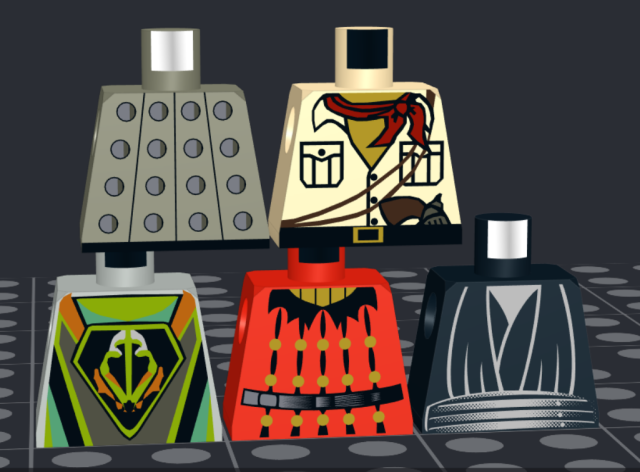Hello everyone,
whilst working on a part, I discovered a phenomenon often seen on printed Lego parts (and stickers) around 1996-2004: Color gradients and color mixing done by overlaying many tiny dots on a colored surface, a technique which I think is called 'Ben Day Dots'.
Example: https://www.bricklink.com/v2/catalog/cat...5D#T=C&C=0
Realistically recreating this effect is slightly time consuming (if done without scripts/additional software) and of cause creates very many polygons for a comparatively simple and small area.
I found some parts using this effect already made in LDraw, although each seems to use a different approach:

As this is a realism vs. performance issue, I guess some guideline towards this could be helpful?
whilst working on a part, I discovered a phenomenon often seen on printed Lego parts (and stickers) around 1996-2004: Color gradients and color mixing done by overlaying many tiny dots on a colored surface, a technique which I think is called 'Ben Day Dots'.
Example: https://www.bricklink.com/v2/catalog/cat...5D#T=C&C=0
Realistically recreating this effect is slightly time consuming (if done without scripts/additional software) and of cause creates very many polygons for a comparatively simple and small area.
I found some parts using this effect already made in LDraw, although each seems to use a different approach:
As this is a realism vs. performance issue, I guess some guideline towards this could be helpful?










